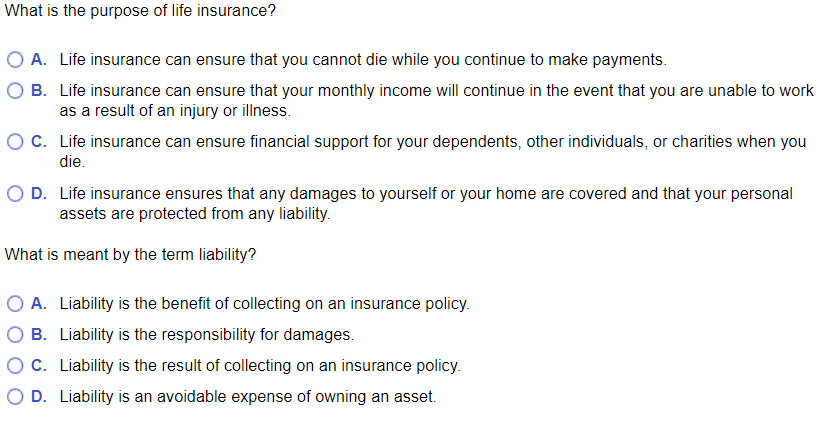Pacific Prime - Questions
Pacific Prime - Questions
Blog Article
What Does Pacific Prime Do?
Table of Contents6 Simple Techniques For Pacific PrimeAbout Pacific PrimeAbout Pacific Prime3 Simple Techniques For Pacific Prime
In many states, the insurance firm is called for to send you a duplicate of the adjustments to your plan. It is very important that you review Endorsements or Riders so you understand how your plan has actually altered and if the policy is still adequate to meet your needs. To get a duplicate of your insurance coverage, please contact your insurance agent or company.
The Institute of Medication (IOM) Board on the Repercussions of Uninsurance launches a prolonged examination of proof that addresses the value of health and wellness insurance coverage with the magazine of this report. Insurance coverage Issues is the first in a collection of six records that will be issued over the following two years documenting the fact and repercussions of having an approximated 40 million individuals in the United States without wellness insurance coverage.
:max_bytes(150000):strip_icc()/basics-to-help-you-understand-how-insurance-works-4783595_final-9cf74d5b66d14f88a21ab29ddb290e2d.png)
Fascination About Pacific Prime
The goal of this series of research studies is to refocus plan focus on a longstanding issue. Adhering to the longest economic growth in American background, in 1999, an approximated one out of every six Americans32 million grownups under the age of 65 and greater than 10 million childrenremains uninsured (Mills, 2000).

Ten percent of the population represent 70 percent of wellness care expenditures, a connection that has actually continued to be consistent over the past 3 years (Berk and Monheit, 2001) - global health insurance. Thus medical insurance proceeds to offer the feature of spreading danger even as it progressively funds regular treatment. From the viewpoint of wellness treatment service providers, insurance coverage brought by their individuals aids safeguard a revenue stream, and communities take advantage of financially viable and stable healthcare professionals and organizations
Federal government supplies wellness insurance to populations whom the private market may not offer effectively, such as disabled and seniors, and populaces whose access to health and wellness care is socially valued, such as children and expectant females. The supreme ends of medical insurance protection for the private and areas, consisting of work environment communities of workers and companies, are enhanced health outcomes and lifestyle.
The Main Principles Of Pacific Prime
Workers rank health and wellness insurance coverage first without a doubt in relevance among all the benefits used in the work environment (Salisbury, 2001). There have actually been large investments of personal and public funds to provide health and wellness insurance policy, many people still have no coverage. Despite extensive reporting of study findings and health treatment research study results, the public remains baffled and misinformed regarding Americans without medical insurance and the ramifications of lacking insurance coverage.

Without doubt, the intricacy of American health treatment financing systems and the wealth of resources of details contribute to the public's complication and apprehension regarding medical insurance stats and their analysis. This record and those that will certainly comply with aim to distill and offer in readily easy to understand terms the considerable research study that bears upon inquiries of health insurance policy coverage and its relevance.
Fifty-seven percent of Americans surveyed in 1999 thought that those without health and wellness insurance policy are "able like this to obtain the treatment they require from medical professionals and medical facilities" (Blendon et al., 1999, p. 207). In 1993, when national attention was focused on the problems of the without insurance and on pending wellness treatment regulations, just 43 percent of those surveyed held this belief (Blendon et al., 1999).

They additionally obtain fewer precautionary services and are less likely to have normal take care of chronic conditions such as high blood pressure and diabetes. Persistent illness can bring about pricey and disabling issues if they are not well handled (Lurie et al., 1984; Lurie et al., 1986; Ayanian et al., 2000). One national study asked greater than 3,400 grownups regarding 15 highly serious or somber conditions.
Get This Report about Pacific Prime
Extra proof exists later on in this phase in the discussion of insurance policy and access to healthcare. https://issuu.com/pacificpr1me. Individuals without health and wellness insurance policy are young and healthy and pick to do without coverage. Virtually half (43 percent) of those evaluated in 2000 believed that individuals without medical insurance are more most likely to have illness than people with insurance coverage
Citizens and policy manufacturers in focus group conversations characterize those without insurance coverage as young people who have the possibility to be covered and feel they do not need it (Doorperson Novelli, 2001). Compared to those with a minimum of some private insurance coverage, the without insurance are less most likely to report remaining in excellent or excellent health (Company for Medical Care Research and High Quality, 2001).
RESOURCE: Facility for Price and Financing Research Studies, Company for Medical Care Research and Quality, based on MEPS information. Young person between 19 and 34 are much more most likely to do not have medical insurance than any kind of various other age. This is mainly since they are much less usually qualified for employment-based insurance policy because of the nature of their work or their brief tenure in it.
The assumption that people without insurance policy have better-than-average wellness follows from confusing the relatively young age profile of the uninsured with the better health and wellness, generally, of younger persons. This obscures the link between health status and medical insurance. For those without accessibility to workplace medical insurance, inadequate wellness is a prospective barrier to buying nongroup protection because such coverage may be very valued, exclude pre-existing conditions, or be simply unavailable.
Report this page